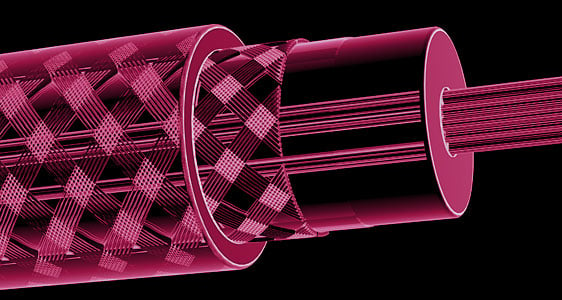
The security industry has been buzzing about the IP ‘revolution’ for a while thanks to the increasing quality of technology, bandwidth, flexibility, and value. While the return on investment is high for upgrading to IP-based video surveillance systems, it is no secret that the upfront cost to rip and replace analog technology to switch to IP is also high, which can dissuade organizations to make the upgrade. Interestingly, the development of IP has spurred a resurgence of analog video technology innovations, such as HD over Coax (HDoC), which can reduce costs for those who are not yet completely sold on IP.
One of the biggest arguments to upgrade to IP video is the sharp, high definition image that IP cameras produce. And yet, in 2015, analog technology is still common thanks to HDoC technology, which uses existing analog coaxial cable to deliver high definition video signals. Traditional video solutions based on older technology are able to benefit from this new innovation because it utilizes the existing cabling infrastructure, enabling customers to incorporate high definition cameras and effectively upgrading from standard definition (SD) to 720p or 1080p HD.
Since no cables need to be replaced, installation of high definition cameras minimizes system downtime. However, while replacing coaxial cabling is not an issue, HDoC cameras will require the installation of a new HD-capable DVR that supports HDoC. Fortunately, HDoC DVRs are backwards-compatible, so SD analog cameras can be managed on the system in tandem with HD cameras.
Upgrading an analog system to IP typically requires close coordination with the IT department at an organization in order to understand and fulfill capacity demands for standard IP cameras. Luckily, keeping an analog video surveillance system in place does not interfere with the IT network in any way; nor does it require one, for those organizations which have never needed to establish an internet network (which is likely a very rare occurrence). Regardless, upgrading the technology of an analog video surveillance network provides a far more compelling value for organizations that may not feel the need to stretch their budgets for an IP-based video solution just yet.
